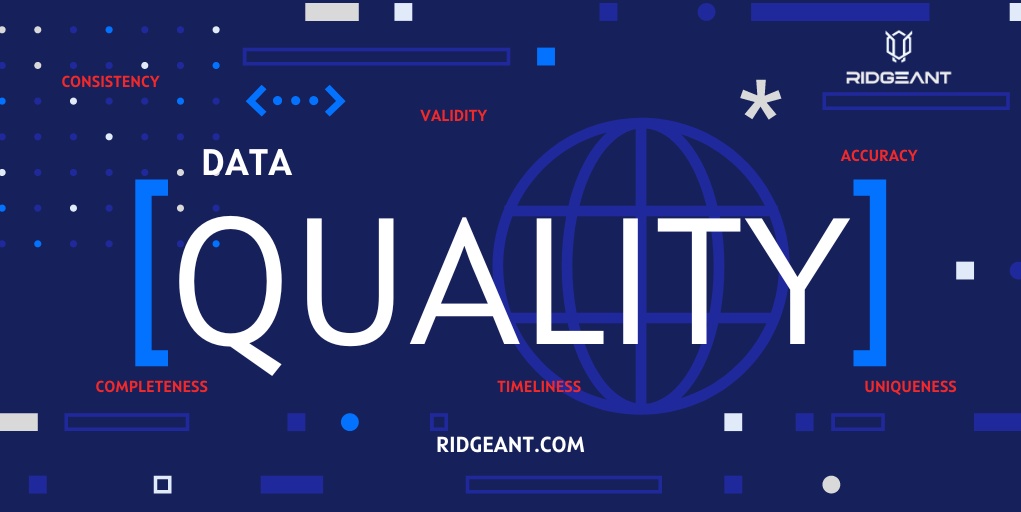Data quality is one of the most critical factors that determine the success of any data science project. Poor quality data can lead to inaccurate results and undermine the credibility of a project. Therefore, it is essential for data scientists to understand and address data quality issues to ensure the validity and reliability of their analyses.
In this blog post, we will discuss some of the common data quality issues that data scientists encounter and strategies for addressing them.
- Incomplete data
Incomplete data occurs when one or more values are missing from a dataset. This can occur due to a variety of reasons, such as survey non-response or system errors. Incomplete data can be problematic because it can introduce bias into the analysis, reducing the accuracy and reliability of the results.
One strategy for dealing with incomplete data is to impute missing values. This involves estimating the missing values based on the available data or external sources. However, imputation can introduce its own biases and should be done carefully.
- Inaccurate data
Inaccurate data occurs when the data values are incorrect or not representative of the true population. This can occur due to measurement errors, data entry errors, or other sources. Inaccurate data can lead to incorrect conclusions and poor decision-making.
One strategy for dealing with inaccurate data is to conduct a data quality audit. This involves reviewing the data for inconsistencies, outliers, and other anomalies. Additionally, it is important to verify the accuracy of the data sources and ensure that they are reliable.
- Inconsistent data
Inconsistent data occurs when the same data values are represented differently in different parts of the dataset. This can occur due to differences in data entry conventions or data collection methods. Inconsistent data can lead to errors in analysis and make it difficult to compare and combine data from different sources.
One strategy for dealing with inconsistent data is to standardize the data. This involves developing a common data format and ensuring that all data values are represented consistently. Additionally, it is important to document any deviations from the standard format and reconcile them as needed.
- Biased data
Biased data occurs when the data values are not representative of the true population. This can occur due to sampling biases, selection biases, or other sources. Biased data can lead to incorrect conclusions and poor decision-making.
One strategy for dealing with biased data is to identify and address the source of the bias. This may involve adjusting the sampling method or data collection procedures to ensure that the data is representative. Additionally, it is important to carefully consider the context of the data and any potential biases that may be present.
In conclusion, data quality is a critical factor in the success of any data science project. Addressing data quality issues is essential to ensure the validity and reliability of the results. By understanding common data quality issues and implementing strategies to address them, data scientists can improve the quality of their analyses and enhance their impact.


No comments yet